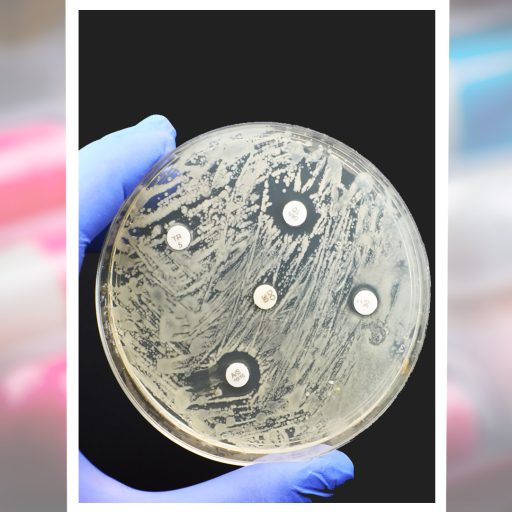RADOV
RaDiation harvesting of bioactive peptides from egg prOteins and their integration in adVanced functional products
About
Welcome to RADOV, a consortium of six academic and three industrial partners aiming to develop a new method for the commercial production of antimicrobial peptides (AMPs).
PROJECT ACRONYM: RADiation harvesting of bioactive from egg prOteins and their integration in adVanced functional products
PROGRAMME: Euratom Research and Training Programme (EURATOM) Horizon Europe
DURATION: September 2022 – August 2026
TOTAL BUDGET: 2M EUR
TOTAL EC CONTRIBUTION: 1.86M EUR
CONSORTIUM: Nine participants from six countries
PROJECT CO-ORDINATOR: Dr Dagmara Chmielewska-Smietanko (Institute of Nuclear Chemistry and Technology)
Overview
Antimicrobial resistance (AMR) kills 700,000 people each year worldwide and experts predict that this number will reach 10 million by 2050 if significant effort is not made to revert this trend.
AMR is the ability of a microorganism, e.g. a bacterium or a virus, to resist the action of an antimicrobial agent. Its major cause is the excessive use of antibiotics and antiviral drugs in medicine and in agriculture. The situation is getting worse with the emergence of new bacterial strains that are resistant to several antibiotics and which may eventually become resistant to all existing antibiotics.
Antimicrobial peptides (AMPs) are small proteins present in different lifeforms in nature or that result from enzymatic digestion of proteins that provide a defence against microbial infections.
AMPs are prospective alternative antimicrobial agents for the future, however, only very few of the AMPs have been commercialized so far.

An alternative approach
Key objectives:
RADOV aims to develop a new method for the commercial production of AMPs. It will use beams of electrons to synthesise the AMPs from egg proteins, preferably from an abundant waste stream of the egg industry, such as the eggshell membrane.
The project will integrate the AMPs into two new products, hydrogel wound dressings and plastic foils for food packaging, as an effective demonstration of the potential of the technique.
If successful, this work will open up a wide range of new opportunities for the use of bio-active peptides.
- To develop large-scale e-beam irradiation processes that use feedstock material such as eggshell membranes, to produce bioactive peptides and their mixtures.
- To develop prototype hydrogel wound dressings incorporating antimicrobial egg proteins or egg protein peptides to prevent surgical infections.
- To develop prototype food packaging films with surface-bound antimicrobial egg peptides that can extend food product shelf-life, improve food safety and minimise food spoilage.
- To identify egg-peptide structure-bioactivity relationships that can contribute to the development of peptides.